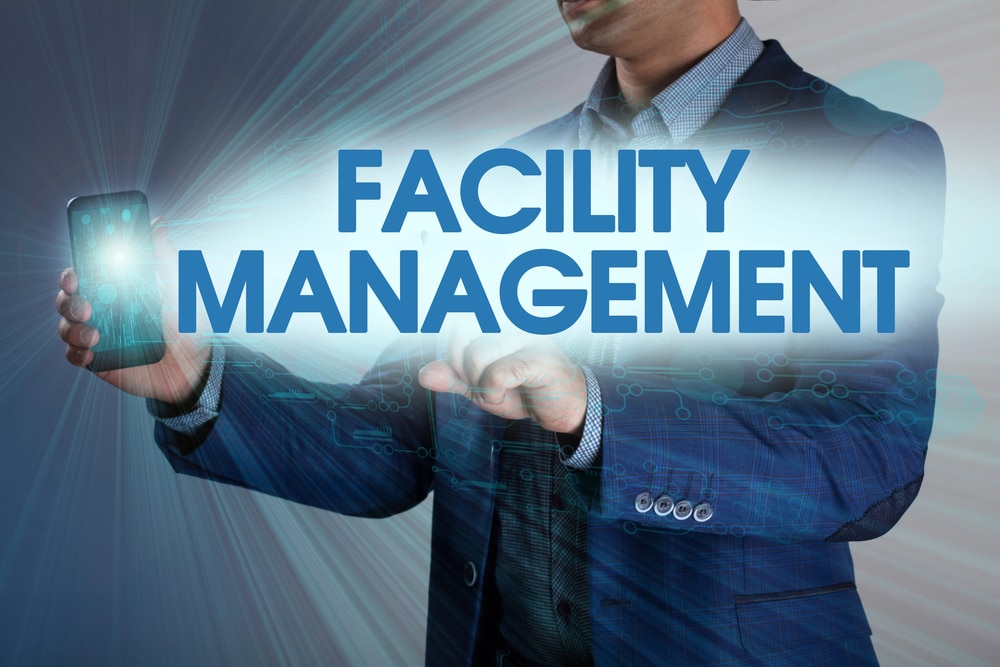
In today’s world, energy efficiency is not just an environmental imperative but also a strategic business necessity. Organizations across various sectors are increasingly turning to energy management software (EMS) to monitor, control, and optimize their energy usage. Choosing the right EMS solution is crucial for achieving significant energy savings and enhancing operational efficiency. Here’s a guide to help you navigate this important decision.
Understand Your Energy Management Goals
The first step in selecting the right EMS is to clearly define your organization’s energy management goals. Are you aiming to reduce energy consumption, lower operational costs, comply with regulatory requirements, or achieve sustainability targets? Understanding your primary objectives will help you identify the features and capabilities you need in an EMS solution.
Evaluate Key Features and Functionalities
An effective EMS should offer a comprehensive suite of features tailored to your organization’s specific needs. Key functionalities to look for include:
Real-Time Monitoring: The ability to track energy usage in real-time helps in identifying patterns and inefficiencies promptly.
Data Analytics: Advanced analytics tools can provide insights into energy consumption trends, predict future usage, and identify potential savings opportunities.
Reporting and Visualization: User-friendly dashboards and customizable reports make it easier to communicate energy performance to stakeholders.
Integration Capabilities: The EMS should seamlessly integrate with your existing systems, such as building management systems (BMS), enterprise resource planning (ERP) software, and other IoT devices.
Scalability: Ensure the software can scale with your organization’s growth and adapt to changing energy management needs.
Consider Usability and Support
The ease of use and the quality of support provided by the EMS vendor are critical factors. A user-friendly interface ensures that your team can effectively utilize the software without extensive training. Additionally, responsive customer support and ongoing technical assistance are essential for addressing any issues that may arise.
Review Vendor Reputation and Experience
Choosing a reputable vendor with a proven track record in energy management is vital. Look for case studies, customer testimonials, and industry certifications to gauge the vendor’s expertise and reliability. An experienced vendor will understand the unique challenges of your industry and offer solutions tailored to your specific needs.
Conduct a Cost-Benefit Analysis
Finally, perform a cost-benefit analysis to assess the financial implications of the EMS. Consider the initial investment, implementation costs, and potential savings over time. A well-chosen EMS should deliver a substantial return on investment (ROI) by reducing energy costs and improving operational efficiency.
EMAT for Energy Auditing Software and Energy Audit Services
In conjunction with implementing an EMS, it is important to start with a baseline understanding of how your energy is being used and opportunities for reducing energy usage. EMAT offers cutting-edge energy auditing software and comprehensive energy audit services that can help your organization achieve its energy management goals. Moreover, EMAT’s expert team is dedicated to providing exceptional support and tailored solutions to meet your unique needs.
Choosing the right energy management software is a strategic decision that can significantly impact your organization’s efficiency and sustainability. By carefully evaluating your needs and considering factors like features, usability, vendor reputation, and cost, you can find the perfect EMS solution.